Could British army counterinsurgency techniques help reduce poverty in Africa?
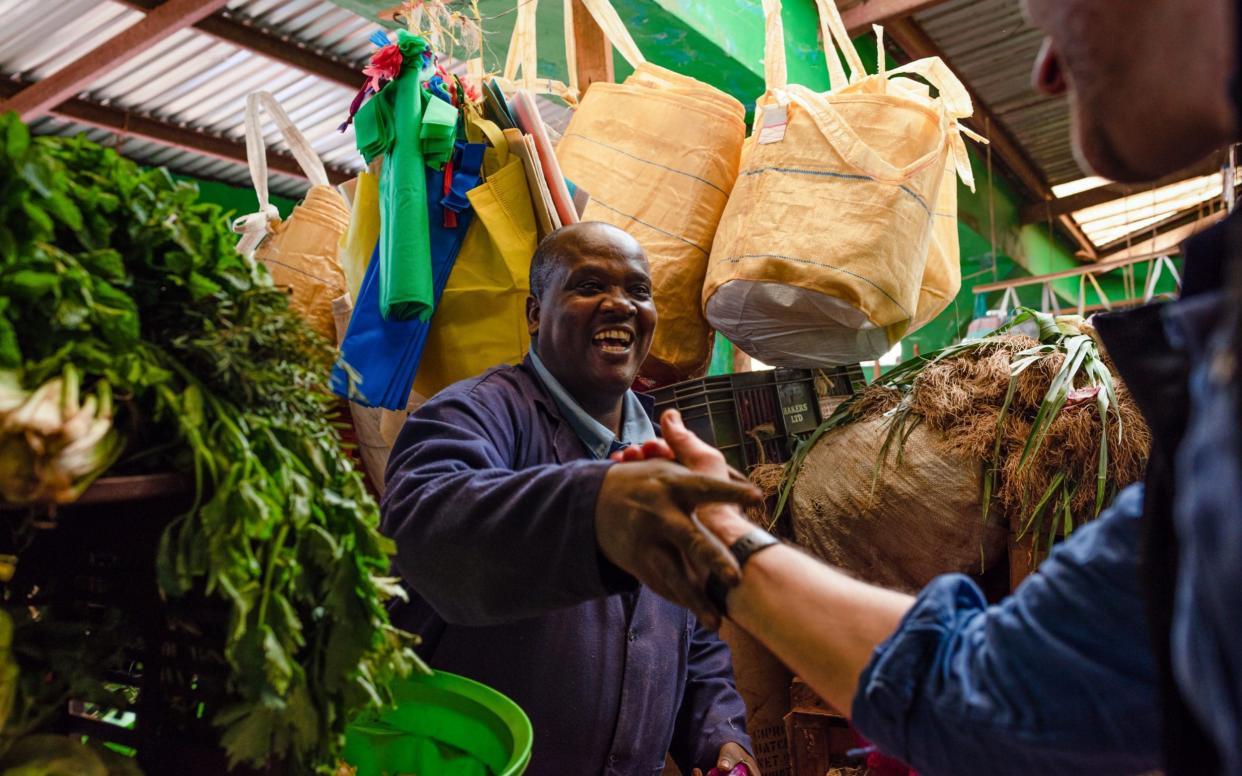
If the traders in Wangige, a grimy market town on the outskirts of Nairobi, were ever surprised to see a pipe-smoking former guards officer striding through their midst, they were too polite to show it.
Ramshackle, overcrowded and mostly poor, Wangige is not the sort of place that usually attracts white expatriates, who rarely stray far from the Kenyan capital’s greener suburbs.
Yet Wayne Hennessy-Barrett has become an accepted fixture in Wangige over the years after seeing it as an opportunity to develop an unusual approach to tackling poverty.
A major who served in Afghanistan with the Coldstream Guards, Mr Hennessy-Barrett wondered if the counterinsurgency techniques adopted by the British army in Taliban strongholds could somehow be repurposed to make the poor richer.
The idea may seem whimsical, even gimmicky. Wangige is hardly Helmand, nor, by his own admission, did counterinsurgency work particularly well in either Afghanistan or Iraq.
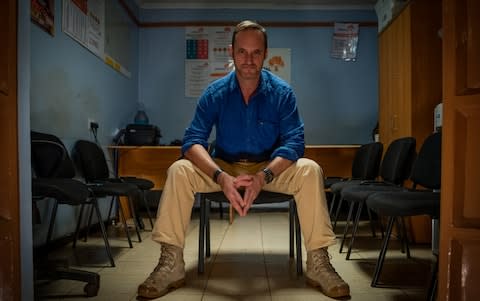
Yet the traditional “microfinance” model of lending to the poor was not working either, Mr Hennessy-Barrett reckoned.
Once a buzzword in development circles, microfinance has been hailed by its proponents as a powerful tool in fighting poverty. Tony Blair and Bill Clinton were both fans.
The idea was simple enough. Many poor people in the developing world eke out a living as petty traders, but rarely have access to the credit needed to grow their businesses.
Microfinance was meant to give them that access through small loans and low-cost banking services, setting them on the path to self-sufficiency. The model has gone global in recent decades: more than 200m people round the world have been the recipients of “microcredit”.
The miracle has largely failed to happen, however. While disagreements about the impact of microfinance abound, studies have suggested that the model has largely failed to lift the poor out of poverty. Many, indeed, have been left worse off because they have been plunged into debt.
Mr Hennessy-Barrett reckons the problem largely lies with the model used by most microfinanciers. To keep overheads down, many companies lend through mobile phone apps and have little interaction with their clients or knowledge of what the money is going to be spent on.
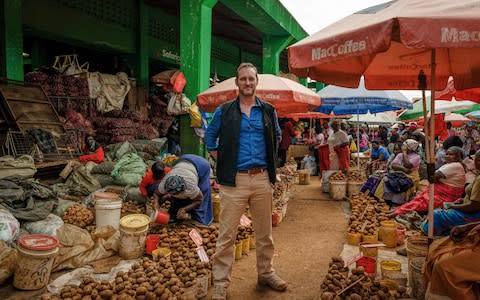
Often cash is borrowed to cover unexpected crises, such as funerals and medical operations. Reflecting a growing problem in Kenya, loans to cover online gambling are also increasing, according to government officials.
Lacking a sufficient or regular enough income to pay back the loans, many default. More than one million people have been blacklisted by the country’s two main credit ratings, sometimes over loans of less than £5.
Credit alone, Mr Hennessy-Barrett realised, was likely to do more harm than good. Only if people borrowed sensibly, and understood how to turn loans into larger incomes, would they have a chance of escaping poverty rather than being sucked deeper into it.
“Just shoving money at people is not enough,” he said. “Having a loan to solve a problem is not enough. What you need is a livelihood where you can use credit for leverage. When it it just to live it is a recipe for poverty.
“Cheap debt pushed carelessly at poor people keeps poor people poor.”
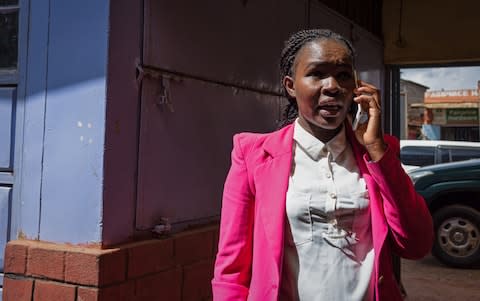
There was no question in his mind that microcredit was still the key to fighting poverty. In a country where formal jobs are few and far between, three in four working Kenyans are self-employed, scratching a living by selling goods to other poor people.
Yet if poor borrowers were to have a chance of success, he concluded, they would need much more face-to-face support from trained professionals who understood the needs and challenges of their clients.
It was in attempting to meet this need that Mr Hennessy-Barrett drew on his army experience.
In Afghanistan, the British army’s counterinsurgency operations were designed to deny insurgents ground by protecting communities, creating the conditions to let them live normal lives and speaking to people to understand their needs and reassure them.
Such skills could also be deployed in peacetime environments, he felt. From the time of its foundation in a small office in Wangige in 2013, his company, 4G Capital, would run along army lines.
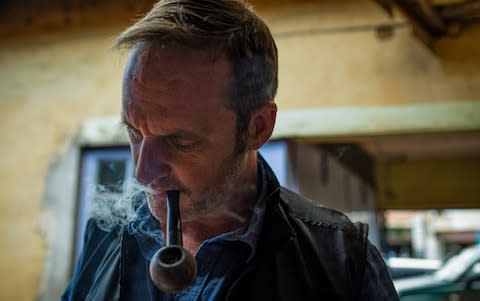
“In Afghanistan we had several teams of elite soldiers operating in multiple places, communing with the population, trying to understand their needs,” he said.
“That led to a methodology of having small teams of well-trained, dedicated professionals.”
From the outset, Mr Hennessy-Barrett deployed his staff in teams of four and sent them to trawl through the markets using his own interpretation of the army’s “patrol trinity”.
In counterinsurgency terms, this meant “intelligence gathering”, “framework protection” and “local assurance”.
For 4G, this was reinterpreted as “marketing”, “lending” and “growth and repayment”. Teams would seek to understand the environment they were operating in, lend to individuals after learning what their needs were and finally helping them to grow their businesses so they could repay their loans.

The loans on offer were small, between £40 and £400, and had to be repaid within a month, the intention being to enforce discipline and focus money where it was needed: replenishing inventory, adding stock and growing businesses.
Crucially, it also came with basic training, teaching clients how to maximise growth potential, keep books and improve customer care. The mixture of personal attention and computer algorithms to assess the viability of clients’ growth potential means that 92 percent of loans are paid on time, meaning the company has more money to lend.
The model appears to have been phenomenally successful. From its original outlet in Wangige, 4G Capital now has 70 more, with more than 300 employees. Expanding into Rwanda and Uganda, it is one of Africa’s fastest growing financial technology companies. It expects to lend £47 million over the next 12 months.
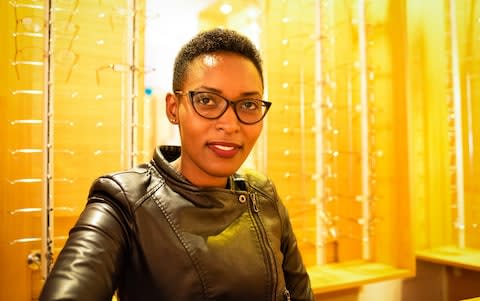
The success, Mr Hennessy-Barrett says, has come from “slaving” the company’s fortunes to the fortunes of its clients. It is doing well because its clients have seen their businesses grow on average by 82 per cent since taking their first loan from 4G.
Tabitha Njeri, who runs a small optician’s shop in Wangige, is one such beneficiary.
4G lent her £80 towards her startup costs early last year, gave her training in accountancy and business growth skills and rolled over loans to allow her to increase stock from 50 to 150 glasses. She now plans to expand by opening a diagnosis lab.
“I used to find it very difficult to raise enough to support my family,” she said. “Now I can. I have financial stability.”
Down the road, Patrick Ngore, who runs a chemist’s, says he has been able to increase stock sevenfold with loans from the company. He also credits training in stock management and minimising expenditure in growing his profit margins from 20 to 40 per cent.
Others in Wangige tell similar stories.
In many ways, the 4G model, although partially reliant on technology, is a return to the basics of microfinance.
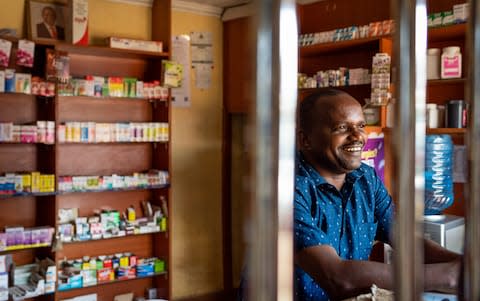
The founder of modern microfinance is generally held to be Mohammed Yunus, who started making small loans to the very poor in Bangladesh in 1976. Lending mostly to women, who formed small groups that were collectively responsible for each other’s debts, he found that astonishingly few defaulted.
His Grameen Bank has now made more than £7 billion pounds in small loans to the poor, an achievement that secured him the Nobel Peace Prize in 2006.
Yet the microfinance model he pioneered would grow increasingly troubled. Irresponsible and often predatory lending to the poor led to debt crises in Bosnia, Morocco and parts of Pakistan.
It also contributed to a debtors’ revolt in Nicaragua in 2008 when farmers, backed by President Daniel Ortega, refused en masse to pay back microcredit loans. A microfinance default crisis in the Indian state of Andhra Pradesh two years later was blamed for a surge in suicide by farmers.
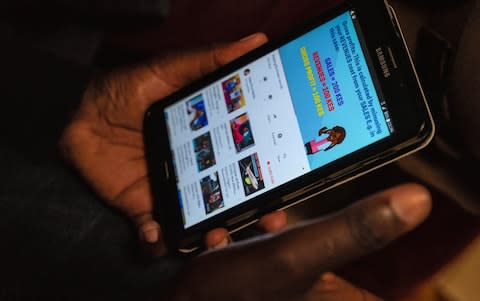
The longstanding problem with microfinance, which is largely driven by private companies like 4G, is that business logic often leads to aggressive tactics in collecting debts, says David Roodman, author of the book Due Diligence: An Impertinent Inquiry into Microfinance.
In countries like Kenya many microfinance outfits lend at interest rates as high as 30 per cent because they are forced to raise capital from commercial banks, often placing an intolerable burden on poor borrowers.
Mr Hennessy-Barrett says his model is addressing those concerns: interest rates are capped at 13.5 per cent and allowances are made for “bad-luck customers” who encounter unexpected setbacks like illness or a death in the family.
Experts in Kenya generally applaud 4G Capital’s model, which has been mimicked by one or two other outfits. But they also raise questions about what impact it can really have.

Despite its growth, 4G and its 120,000 customers are still pretty small fry, says Paul Musoke, director of financial institutions at FSD Africa, a UK-funded organisation that looks at ways to financially empower the poor.
By contrast, M-Shwari and Tala, two providers of small loans through mobile phone apps, have 11 million between them in Kenya alone.
Such “light-touch” models, which use technology rather than people to engage with borrowers are always likely to do better than “heavy-touch” approaches like Mr Hennessy-Barrett’s — except in densely populated countries like Bangladesh.
“It makes sense what he is trying to do,” says Mr Musoke. “The question is whether it can be scaled up significantly to make an impact.”
The other danger in Kenya is that a microfinance “debt bubble” risks being created because, in a poorly regulated market, there is little to stop poor borrowers from taking loans from 4G and other companies offering unsecured credit at the same time.
“The greatest potential for harm has come when you have multiple lenders all growing at once because then almost certainly people are borrowing from one to pay the other,” says Mr Roodman.
Mr Hennessy-Barrett’s model seems enlightened, yet it is too soon to tell how effective it will be.
History suggests that microcredit often stimulates start-up businesses, but ultimately fails to enrich its owners, becoming more a tool helping to manage poverty than to reduce it. Mr Roodman likens it to a prescription drug “useful in moderation but dangerous in large doses”.
While it may not be a panacea, microfinance has given people more choice, whatever the overall risks. If Mr Hennessy-Barrett can tweak a flawed model and encourage others to follow suit, he could yet prove as successful pioneer as Mohammed Yunus.
Protect yourself and your family by learning more about Global Health Security

 Yahoo News
Yahoo News 
